Skip navigation
For over 35 years, Intelligent PCB Manufacturing
Automation Software
Be production ready in minutes, not days.
Note: The CELLS Workflow MES has HELP for most menu items by hovering over the menu item for a second then click any of the videos, manual or website links.
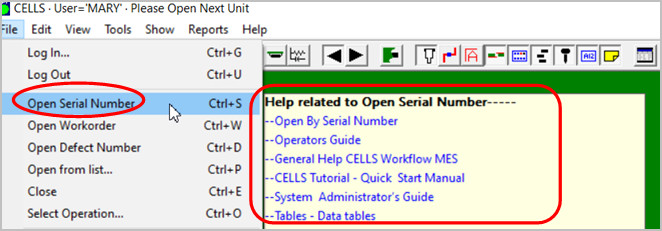
Objectives
CELLS is powerful manufacturing software that is easy to use. Some of the features include:
To log on the CELLS system:
Note: The first time you log on to your station, you will have to enter your station number. Going forward you will not have to enter the station number unless you share a station.
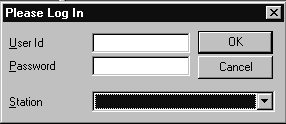
Figure 1. Log in dialog box
You can open units by one of the following methods:
This is the easiest way to open a unit. After the serial number is entered, the system then goes through a series of checks.

Figure 2. Enter Serial Number dialog box

Figure 3. Message box with the current operation
Opening a unit by Work Order enables you to look up a unit if you do not have a serial number. This method can be used to look up un-serialized assemblies or multiple units (by lot or portion of a lot).
This code is assigned when a part is removed from a board. This Id will tie the part back to the original board.
This option enables you to select from a list of work that is waiting at your current operation.
The document management features of CELLS give you the ability to access documents to assist with your work and give you the help you need at the click of a button.
In the example in Figure 5, Inspection Points was selected on the View menu.

Figure 4. The View menu
Note: Depending on the operation you are doing, not all documents, overlays, info pages, or assembly views are available.
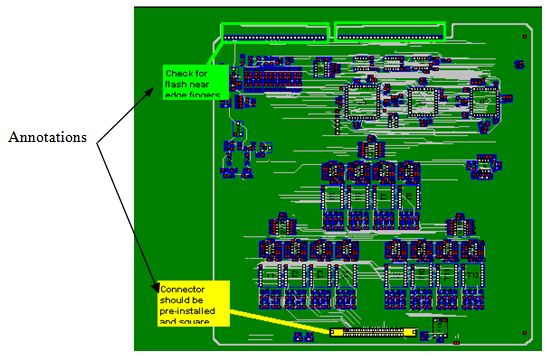
Figure 5. Examples of Annotations
To access information for a component, use the Info Tool.

Note: The menu changes depending on the step and component you are working on. If there is document information available, a context menu opens. If there is no document information, you will get component information.

Figure 6. Context Menu
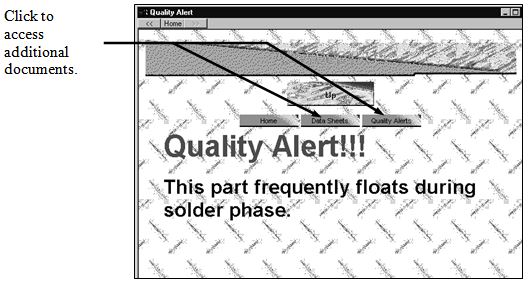
Figure 7. Quality Alert Window
You may wish to view the history of a unit to see where it's been, what's been done to it, or the defects that have occurred. CELLS provides you an easy way to find that information.
Note: The Unit History dialog box displays a listing of items for a unit. See Table 1 Unit History Descriptions.

Figure 8. Unit History dialog box
| Option | Description |
|---|---|
| ID | Unique record identifier. Each record is assigned the next highest number. |
| Date/Time | Date and time the event occurred. |
| Work Order | The work order number corresponding to the unit. |
| Quantity | If the unit is opened by serial number, the quantity equals 1 (individual unit). |
| Serial | The serial number of the unit. If the unit is opened by work order number, this may be blank. |
| User | The user logged into the system. |
| Operation | The operation the user is performing. |
| Event | The type of event. |
| Defect | If the item pertains to a defect, a defect code appears. |
| Ref1 | If the item pertains to component RefDes, a Ref1 number appears. |
| Ref2 | If the item pertains to component RefDes, a Ref2 number appears. |
| Other ID | If the event involves a sub-assembly, this field may contain the ID of the other unit. |

Figure 9. History Item Details dialog box
The Task List is a list of instructions to be completed for the unit at this point. See Table 2 Task List Descriptions.

Figure 10. Task List
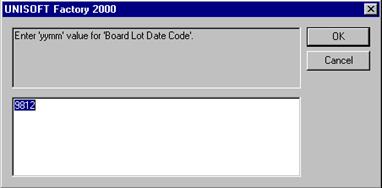
Figure 11. Edit Window
| Option | Description |
|---|---|
| All Operations | If checked, all operations will be listed that can be completed in the entire process. |
| Task | List of things that occur at this step in the operation. |
| Required | Y = a required step. N = not a required step. |
| Value | The data that was entered. |
| Edit button | Highlight a task and then click Edit to modify and enter data. |
| Recall All | Click Recall All to give each item the last value for that kind of item. |
| Clear All | Erases all the values. |
CELLS saves you time logging defects. Many of the defect codes are in the system. You can select the problem with the click of the mouse.
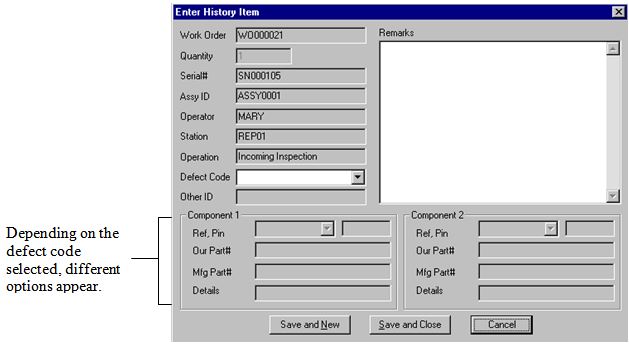
Figure 12. Enter History Item dialog box
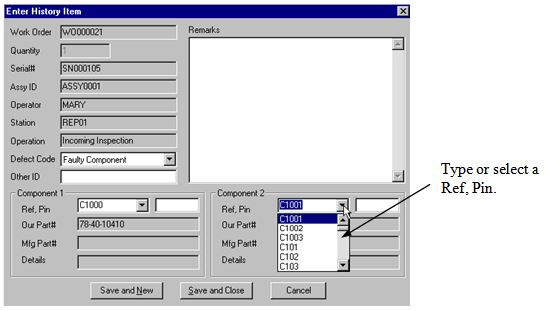
Figure 13. Component 1 and Component 2 areas

Figure 14. Next Step dialog box
| Option | Description |
|---|---|
| Pass | Operation completed successfully. |
| Specific Failure Mode | Additional outcome codes are user defined. See your system administrator. |
Depending on your system setup, when completing your work you can then log off the system.